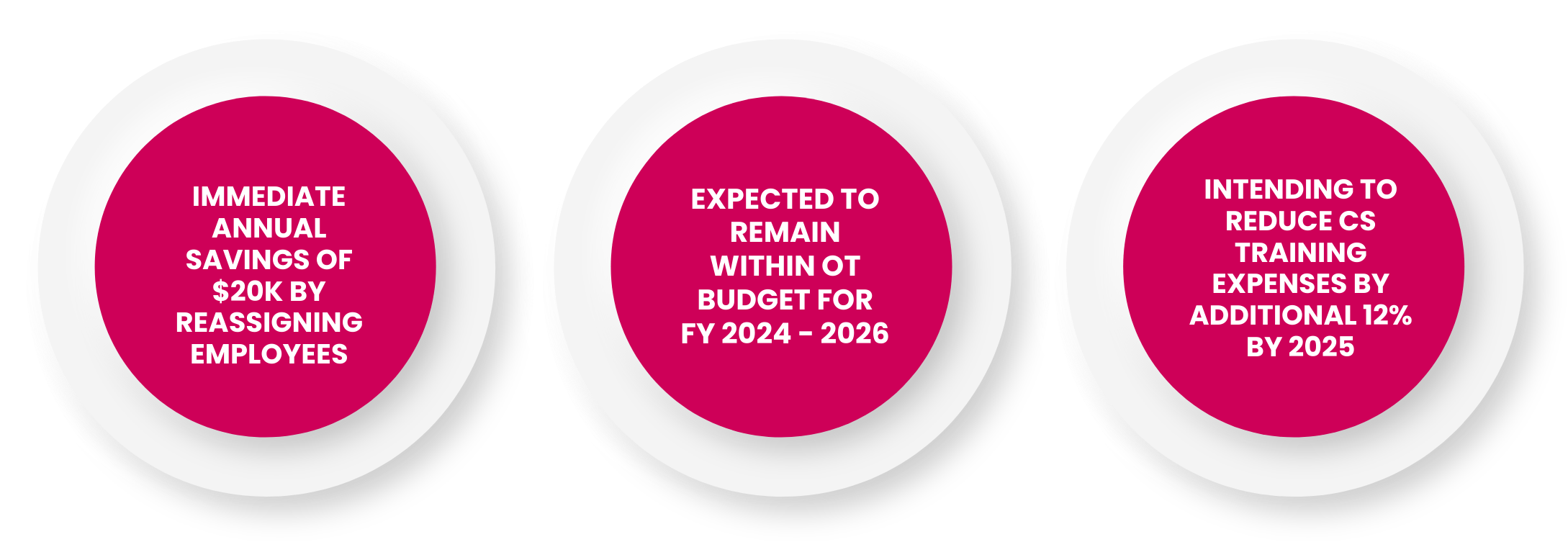As a utility financial officer, you understand the critical role that efficiency and cost-effectiveness play in ensuring the financial health of your organization. In today's rapidly evolving landscape, embracing technological advancements and streamlining operations are key to staying competitive. In this blog post, we'll explore the remarkable journey of Gainesville Regional Utilities (GRU) and the significant financial impact of their CIS Replacement Project on utility management.
Embracing Change for Operational Excellence
GRU's decision to replace their legacy CIS system was driven by a commitment to improving operational efficiency and customer satisfaction. The outdated and unsupported system posed numerous challenges, inhibiting the integration of new functionality and core systems. By embarking on the CIS Replacement Project, GRU aimed to mitigate financial risks and turnover losses while enhancing the overall utility management process.
One of the primary objectives of the CIS Replacement Project was to automate critical processes using cost-effective solutions. FastStart Migration, a migration toolkit built on best practices, accelerated the data migration process, minimizing downtime and ensuring a smooth transition to the new system. By adopting a SAP-certified methodology and implementing structured quality assurance measures, GRU maximized accuracy and minimized the risk of errors, resulting in significant cost savings over time.
Measuring Financial Impact: Cost Reduction and Productivity Gains
The introduction of the new CIS system brought about tangible enhancements in utility management efficiency and cost savings. By automating billing adjustments and implementing automated service request reversals, GRU streamlined operations, boosting productivity and cutting down on manual tasks. Moreover, the integration of a Customer Self Service Portal and AMI Dispatcher roles in the Call Center not only improved customer satisfaction but also minimized potential losses.
In addition to the financial benefits, the CIS Replacement Project also focused on enhancing customer service and satisfaction. By introducing a Customer Self Service Portal and implementing AMI Dispatcher positions, GRU empowered customers with greater control over their utility services while reducing wait times and improving response rates. Automated service request reversals and configurable letter templates further streamlined processes, resulting in faster resolution times and improved customer experiences.

Looking Towards the Future: A Vision for Continued Success
As utility financial officers, it's essential to recognize the significant impact that technology and automation can have on utility management efficiency and financial performance. The success of GRU's CIS Replacement Project serves as a testament to the transformative power of innovation and strategic investment in modernizing operations.
Moving forward, it's crucial for utility organizations to continue embracing change and leveraging technology to drive efficiency, reduce costs, and enhance customer service.
In conclusion, the financial impact of GRU's CIS Replacement Project highlights the importance of strategic investment in technology and automation for utility management. By prioritizing efficiency and customer satisfaction, GRU has set a new standard for excellence in the industry and positioned itself for continued success in the years to come.
As utility financial officers, it's essential to embrace innovation and leverage technology to drive financial performance and ensure long-term sustainability.




